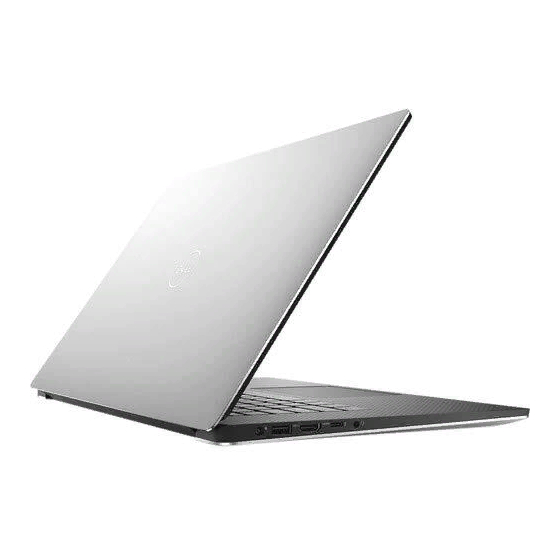Dell 5530 Mono Laser Manuel d'entretien - Page 9
Parcourez en ligne ou téléchargez le pdf Manuel d'entretien pour {nom_de_la_catégorie} Dell 5530 Mono Laser. Dell 5530 Mono Laser 46 pages. Loading paper and specialty media
Également pour Dell 5530 Mono Laser : Manuel de référence rapide (2 pages), Manuel d'installation et de spécifications (29 pages), Configuration et spécifications (29 pages)

Table 1. USB evolution
Type
USB 3.0/USB 3.1 Gen
1Port
USB 2.0
USB 3.1 Gen 2
USB 3.0/USB 3.1 Gen 1 (SuperSpeed USB)
For years, the USB 2.0 has been firmly entrenched as the de facto interface standard in the PC world with about 6 billion devices sold, and
yet the need for more speed grows by ever faster computing hardware and ever greater bandwidth demands. The USB 3.0/USB 3.1 Gen 1
finally has the answer to the consumers' demands with a theoretically 10 times faster than its predecessor. In a nutshell, USB 3.1 Gen 1
features are as follows:
•
Higher transfer rates (up to 5 Gbps)
•
Increased maximum bus power and increased device current draw to better accommodate power-hungry devices
•
New power management features
•
Full-duplex data transfers and support for new transfer types
•
Backward USB 2.0 compatibility
•
New connectors and cable
The topics below cover some of the most commonly asked questions regarding USB 3.0/USB 3.1 Gen 1.
Speed
Currently, there are 3 speed modes defined by the latest USB 3.0/USB 3.1 Gen 1 specification. They are Super-Speed, Hi-Speed and Full-
Speed. The new SuperSpeed mode has a transfer rate of 4.8Gbps. While the specification retains Hi-Speed, and Full-Speed USB mode,
commonly known as USB 2.0 and 1.1 respectively, the slower modes still operate at 480Mbps and 12Mbps respectively and are kept to
maintain backward compatibility.
USB 3.0/USB 3.1 Gen 1 achieves the much higher performance by the technical changes below:
•
An additional physical bus that is added in parallel with the existing USB 2.0 bus (refer to the picture below).
•
USB 2.0 previously had four wires (power, ground, and a pair for differential data); USB 3.0/USB 3.1 Gen 1 adds four more for two pairs
of differential signals (receive and transmit) for a combined total of eight connections in the connectors and cabling.
•
USB 3.0/USB 3.1 Gen 1 utilizes the bidirectional data interface, rather than USB 2.0's half-duplex arrangement. This gives a 10-fold
increase in theoretical bandwidth.
Data Transfer Rate
5 Gbps
480 Mbps
10 Gbps
Category
Super Speed
High Speed
Super Speed
Introduction Year
2010
2000
2013
Technology and components
9
